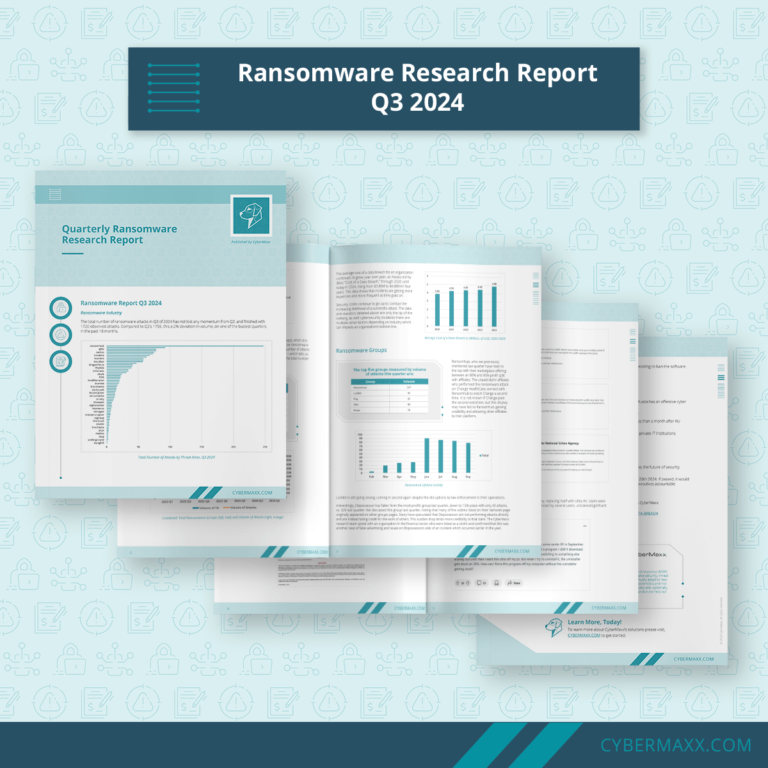There are many different types of security controls in cybersecurity. Some of the more common ones are firewalls, intrusion detection and prevention systems, access control lists, and cryptographic technologies. Each of these controls serves a different purpose. Sometimes working alone can be enough of a proactive protection solution, but when combined together, they form a much more comprehensive answer.
Different Types of Security Controls in Cybersecurity
In order to effectively secure a system, it is important to understand all of the different types of security controls available and how they can be used together to form a comprehensive defense.
- Firewalls
- Intrusion detection and prevention systems (IDPS)
- Access control lists (ACLs)
- Cryptographic technologies
The Purpose of Each Type of Security Control
Each of these controls protects against different threats and vulnerabilities, so it is important to understand the purpose of each one.
- Firewalls: A firewall is a security system that helps protect your computer from unauthorized users who might try to gain access to your network. Firewalls can be used to keep internet users without access from being able to connect to private networks that are connected to the internet.
- Intrusion Detection and Prevention Systems (IDPS): An Intrusion Detection and Prevention System (IDPS) is a network security measure that monitors traffic for signs of an attack. If an IDPS detects suspicious activity, it will alert administrators so they can investigate and take appropriate action. IDPS solutions work by monitoring traffic for patterns that match known attacks.
- Access Control Lists (ACLs): An access control list, or ACL, is a set of rules that determines who is allowed to access certain digital environments. There are two types of ACLs: Filesystem ACLs and Application ACLs.Filesystem ACLs filter access to files and directories, while network ACLs restrict traffic flowing in and out of a network. Each type of ACL contains rules that determine who is allowed to access a particular system and what privileges they have.
- Cryptographic Technologies: Cryptography is a technique used to protect information from unauthorized access. Encryption is a process of transforming readable data into an unreadable format, using a key. This makes it difficult for anyone without the key to deciphering the encrypted information. Authentication refers to verifying that a person or thing is what it’s supposed to be via password-based logins, biometric identification, and more.
But, Can They Work Together?
Organizations should consider their individual needs when determining which type of security controls will work best for them. However, using multiple types of security controls in combination is often the most effective way to defend against cyberattacks.
Just imagine having an IDPS system being managed for you in conjunction with firewalls and ACLs. The combinations are endless as these four controls are just some of the many ways an organization can be protected with cybersecurity.





